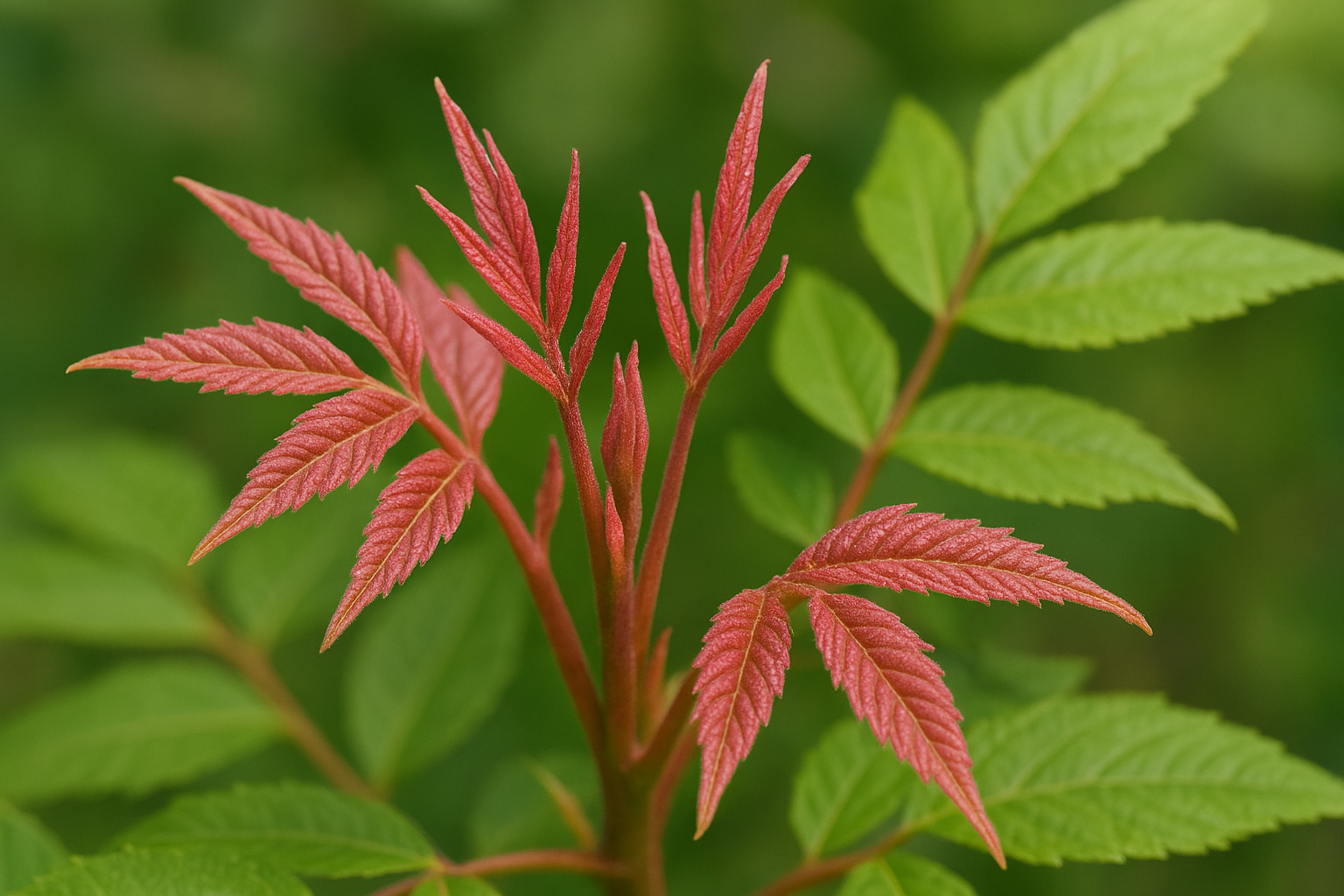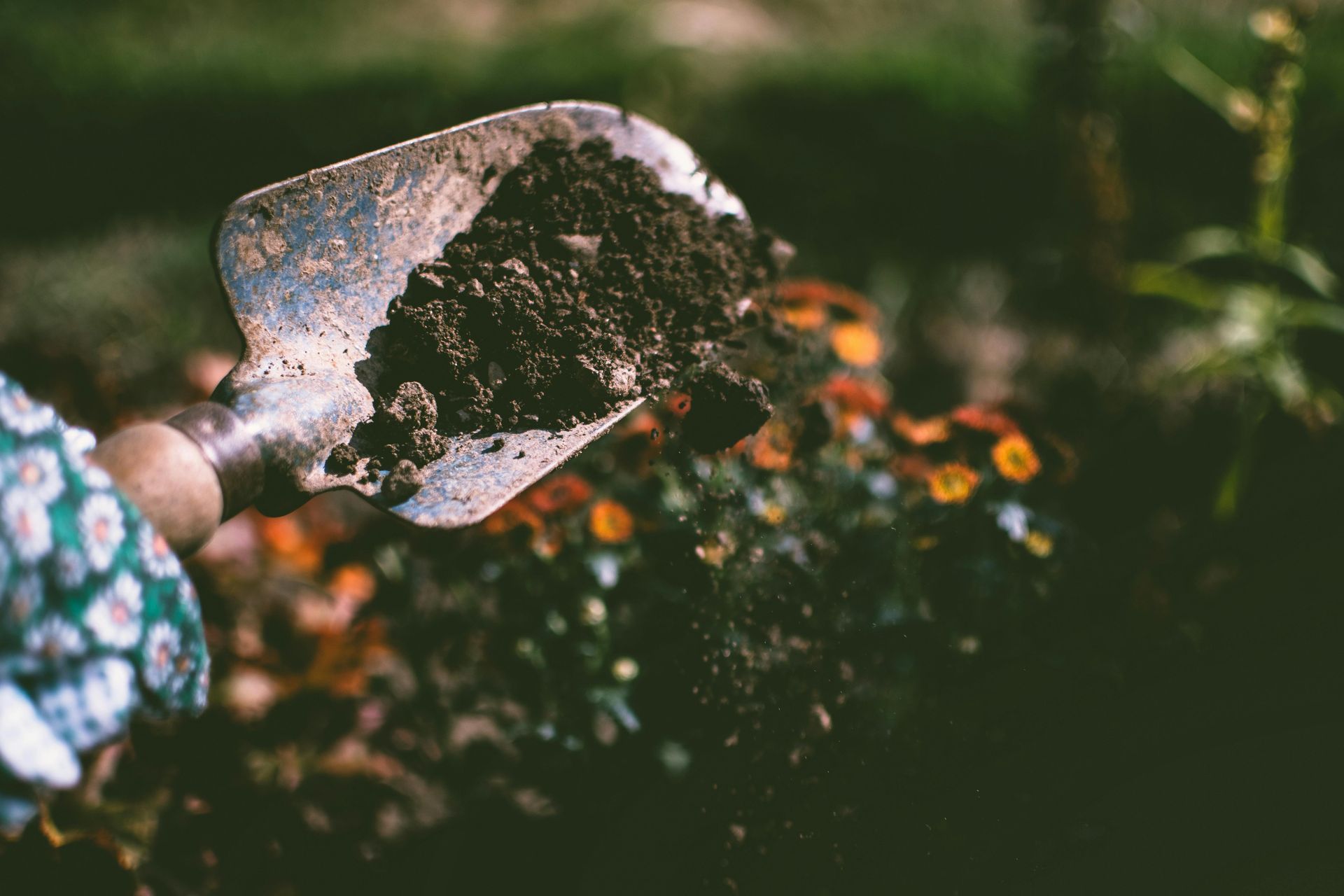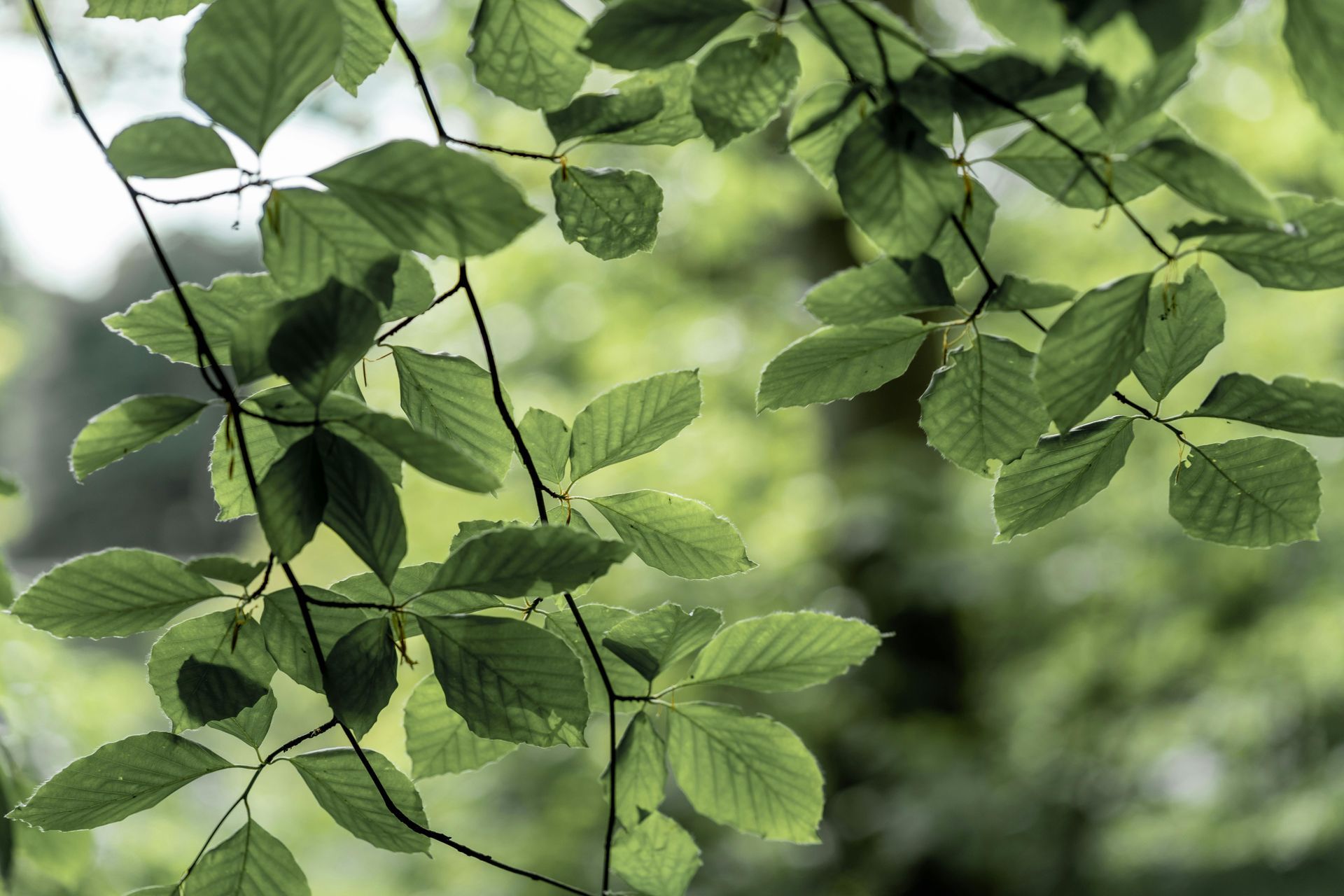The Japanese Stewartia Tree
Japanese stewartia, scientifically known as Stewartia pseudocamellia, is a deciduous flowering tree native to the temperate regions of East Asia, particularly Japan, Korea, and select areas of China. This species thrives in diverse habitats, ranging from mountainous forests to lowland valleys, where it contributes to the rich diversity of the region's flora. It belongs to the Theaceae family, and is closely related to camellias and tea plants.
The Japanese stewartia is prized for its stunning visual qualities, including its showy white flowers with yellow centers, which bloom in summer. The flowers resemble those of camellias, hence the species name "pseudocamellia." The foliage is also attractive, with densely-packed, glossy green leaves that turn shades of orange, red, and purple in the fall, providing a vibrant display of autumn color.
But perhaps its most captivating trait is its bark – a mosaic of colors that peels away to reveal a tapestry of white, red, and brown. As the tree matures, its outer layers of bark gradually peel away in irregular patches, exposing the smooth, fresh bark beneath (similar to how sycamores shed). This process not only adds visual interest but also provides an interesting insight into the tree's age and growth patterns. In younger trees, the bark may be smoother and lighter in color, while older trees often develop rougher, darker bark with more pronounced patterns of exfoliation. Changes in bark texture and coloration can indicate periods of rapid growth, environmental stress, or disease.
Japanese stewartia is an excellent choice for an ornamental, or display, tree in gardens and landscapes. To ensure its optimal growth and health, it's essential to provide the tree with well-drained, slightly acidic soil and partial shade. Adequate moisture levels, especially during hot and dry periods, help maintain its vigor and resilience against stressors. Pruning should be minimal and focused on removing dead or damaged branches to promote overall tree health and structure. Additionally, a layer of organic mulch around the base of the tree helps retain soil moisture and suppresses weed growth.
Beyond its aesthetic appeal, the bark of the Japanese Stewartia has practical uses in traditional medicine and craftsmanship. In Japan, extracts derived from the bark have been used for centuries in herbal remedies, valued for their purported healing properties. Additionally, artisans and woodworkers prize the Stewartia's bark for its unique texture and color variations, incorporating it into furniture, sculptures, and decorative objects.
Overall, the Japanese stewartia is an excellent addition to nearly any landscaping project. Its visual qualities and unique characteristics add an interesting flare and texture to your property, and with some dedicated care until its established, it can live a long and healthy life.
Check out the latest:









